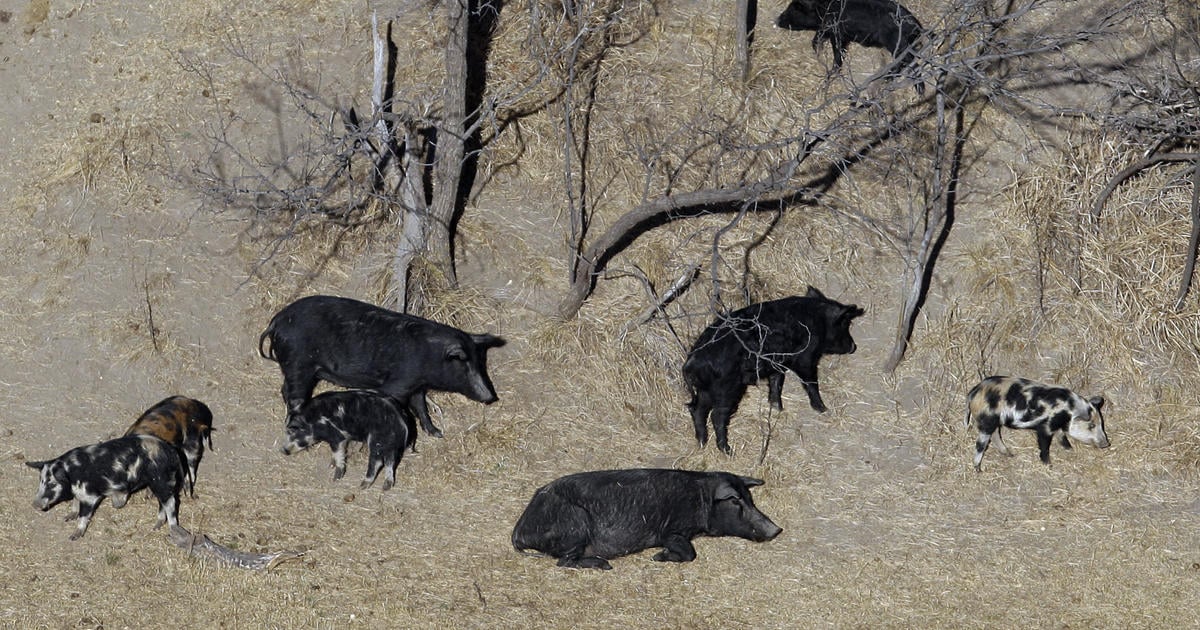An exploding population of hard-to-eradicate “super pigs” in Canada is threatening to spill south of the border, and northern states like Minnesota, North Dakota and Montana are taking steps to stop the invasion.
In Canada, the wild pigs roaming Alberta, Saskatchewan and Manitoba pose a new threat. They are often crossbreeds that combine the survival skills of wild Eurasian boars with the size and high fertility of domestic swine to create a “super pig” that’s spreading out of control.
Ryan Brook, a professor at the University of Saskatchewan and one of Canada’s leading authorities on the problem, calls feral swine, “the most invasive animal on the planet” and “an ecological train wreck.”



What does that mean? What is the definition of success?
A hunter does not need to make 33 to 50 trips to get one kill (a 2% - 3% success rate). Clearly the definition of success here is whack.
One would assume success means killing an animal when you go out on the hunt. 2-3% seems ludicrously low though, i grew up hunting in southern Illinois to feed our family and the success rate for deer was easily ten times that number on a bad year
The issue with vermin animals that have free range licenses is that you get a lot of people that have no idea what they’re doing, usually teenagers, out there that teach the animals to avoid humans.
deleted by creator